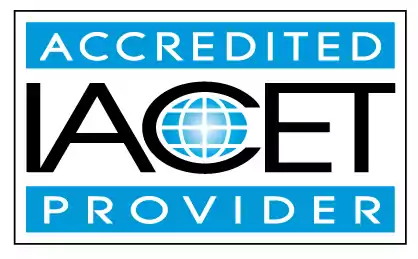Teachers will demonstrate a variety of ways for families to be represented in their classrooms when they are not physically present.
Teachers will demonstrate a variety of ways for families to be represented in their classrooms when they are not physically present. Additionally, this page will provide guidance on how teachers can address challenging behaviors in the classroom. Learn effective strategies for involving families and managing behaviors in early childhood education and child care centers.Trainings incorporating this outcome
Proficiency Level
Price
2 hours courses
Related Outcomes
- Give examples of ways for families to be included and represented in the classroom, even when they are not physically present.
- Describe the various ways teachers can address challenging behaviors in the classroom.
- Teachers will identify different ways to communicate with families
- Demonstrate an understanding of how to implement an Individual Family Support Plan.
- Demonstrate appropriate/effective responses as they relate to a variety of typical child care scenarios.
- Students will demonstrate ways to ask open-ended and creative questions
- Demonstrates understanding of developing positive relationships with child care families
- Demonstrate understanding of the ADA and how it applies to family child care homes.
- Demonstrate an understanding of the value and importance of complex characteristics of children’s families and communities
- Demonstrate an understanding of the benefits of marketing your family child care business.
- Demonstrate an understanding of how to create a natural outdoor classroom that supports child development in all areas.
- Demonstrate an understanding of the Strengthening Families Protective Factors
- Demonstrate an understanding of teacher vs. child directed activities.
- The childcare professional will demonstrate an understanding of the value and importance of complex characteristics of children’s families and communities
- Demonstrate ways to help prevent or prepare for emergencies and disasters
- Demonstrate an understanding of the physical, emotional, and motor development in children five to twelve years of age
- Demonstrate an understanding of physical growth and development in school age children and the impact it has on programming
- Demonstrate understanding of the role of family in society
- Describe ways to analyze classrooms for an anti-bias approach.
- Demonstrates understanding of the ADA and how it applies to family child care homes
Related Articles
- Magicians in the Classroom: How Preschool Teachers Turn Chaos into Learning
- Future of the Young Child, Classroom, and Family
- Oct 5th is World Teachers’ Day: Creative Ways to Celebrate Educators
- Effective Classroom Management Strategies for Preschool Teachers
- Director, lead teacher and career of child care teachers in Michigan
- Ensuring Classroom Safety: The "1, 2, 3, Eyes on Me" Tool
- Discounts & Deals: Where To Find Free Money For Teachers
- Effective and Engaging Classroom and Home Daycare Room Arrangements
- Nature’s Classroom: Why Fall Is the Best Season for Sensory Learning Outdoors
- Building a Back-to-School Routine: Balancing Homework, Extracurriculars, and Family Time
- World Kindness Day: Inspiring Activities to Promote Compassion and Kindness in the Classroom
- Crayons, Chopsticks, and Cheerios: Surprising Ways to Boost Fine Motor Skills in Kids
- Montessori Mistletoe: How to Create a Holiday-Themed Classroom Using Montessori Principles
- The Gross (Motor) Truth: 10 Gross Motor Games for Active Classroom Fun
- Little Zen Masters: Ways to Incorporate Mindfulness into Play to Help Navigate Emotions
- How to Build Strong Relationships with Families
- National Waffle Day: Delicious Classroom Projects, Healthy Recipes and Snack Ideas
- The power of Imagination: How to add it to your classroom
- Exploring the Cognitive Benefits of Movement in Early Childhood Classrooms
- Jingle All the Way to Emotional Regulation: Teaching Kids to Manage Holiday Stress
 0.2 CEUs
0.2 CEUs